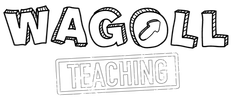|
As a teacher, capturing and maintaining your students' attention is crucial for effective teaching and learning. Understanding the complex relationship between hormones like dopamine and cortisol, and attention can assist with lesson planning. Dopamine, associated with pleasure and reward, plays a critical role in reinforcing positive behaviours and enhancing immediate attention. In contrast, cortisol, the "stress hormone", can either enhance or impair short-term attention depending on its level. By leveraging this knowledge, teachers can create a learning environment that promotes optimal learning and memory performance, and helps students maintain focus and engagement in the classroom. But what is the connection between dopamine, cortisol, and attention, and how can this knowledge be applied to teaching practices to keep students engaged and attentive?
10 Comments
Artificial Intelligence (AI) is already rapidly changing the education landscape. Not too long ago, ChatGPT was and still is, the talk of the town for both positive and negative reasons. The tool, from OpenAI, lets you type questions using natural language, to which the chatbot gives conversational answers. Educators were instantly playing around with the tool - asking the AI tool to write student reports, motivational emails to staff and plan lessons for their students.
While there was much debate online, there is no getting away from the fact that AI is here to stay and is going to heavily influence the role of educators in the future. And for me, there are some very exciting opportunities ahead. Teaching is a humanistic profession, that is why I love it! But the work-load issue is taking teachers away from being just that. Teachers have become content creators - spending far too long on generating reports, writing feedback, creating presentations and resources. AI has the power to remove, or at least support much of this creation, allowing teachers to focus on curating and delivering content in a personlised and human-centered way. Here's how: I have worked with Century for the past 3 or 4 years both as an Ambassador and as a Primary School Leader. Through the latter, I have worked with teachers to embed Century Tech, an online learning tool, into the Primary classroom to truly integrate teaching and learning with technology. We are still on this exciting journey but I thought I would share our progress so far...
Effective feedback is essential for pupils to make progress, but in many schools written feedback has become disproportionately valued and unnecessarily burdensome. The emphasis needs to be on the impact of feedback instead of how the feedback has been provided. This is not to say that all marking should be eliminated, but it should be proportionate, and the quantity of feedback should not be confused with the quality and impact it has on student learning. I have been on a journey in my current school to review and redirect our Feedback Policy which has led to us creating a guide for teachers. I thought I would share this guide with you.
High Performance Learning, Century and WAGOLL Teaching joined together to share with teachers their top tips on boosting metacognition in Primary.
So, if you read my previous post about Retrieval Practice you will already know I have been focusing a lot of work on developing my own knowledge and sharing my findings on The Science of Learning. I am already a fan of retrieval practice and see how it can be used very successfully in Primary education. But what about Spacing? How can the idea of spreading learning and retrieval practice over time, allowing time for forgetting to happen, be implemented into the early years of education? And, most importantly, what does it look like?
Questioning is one of the foundations of learning. A good question can be the most powerful tool a teacher has for extending and deepening knowledge. If a child is asked a great question, new viewpoints, ideas and understanding can be developed. A good question can enthuse, stir, and provoke children which can eventually lead to a newly gained skill, deeper understanding or a new viewpoint.
As the digital world grows, so do the opportunities. Although there are plenty of paid applications and websites that provide exciting resources for children, there are also a number of free resources around the World Wide Web that offer free virtual trips around the world. This opportunity allows children to explore environments and locations they perhaps will never see in real life - and with new experiences, come new writing opportunities. Here are 5 of the best!
World Book Day?!? Why not make it a week? The thought of just a day to celebrate makes me a little sad so I like to take a full week off timetable and plan everything around our book. (Don’t worry, you can still get all areas of the curriculum covered just takes a little creativity) You can find examples at the end of this article.
|
SearchWith a keen interest in the neuroscience and psychology of learning, WAGOLL Teaching is about sharing research alongside great, simple teaching ideas to a global teaching community.
Ben has been in education for over 10 years and is passionate about simplifying high quality teaching and learning through innovative and practical approaches in the classroom. sUBSCRIBE |
|
Who are we? |
With a keen interest in the neuroscience and psychology of learning, WAGOLL Teaching is about sharing research alongside great, simple teaching ideas to a global teaching community.
|
All copyright reserved ©.
I would like to remind all visitors to this website that all pages on this site are copyright protected, unless stated. Most importantly, this site is for the use and enjoyment of all children, parents, guardians, carers and teachers who are involved in WAGOLL Teaching. Please use the resources/ideas as you need without replicating them for your own gains.
I would like to remind all visitors to this website that all pages on this site are copyright protected, unless stated. Most importantly, this site is for the use and enjoyment of all children, parents, guardians, carers and teachers who are involved in WAGOLL Teaching. Please use the resources/ideas as you need without replicating them for your own gains.


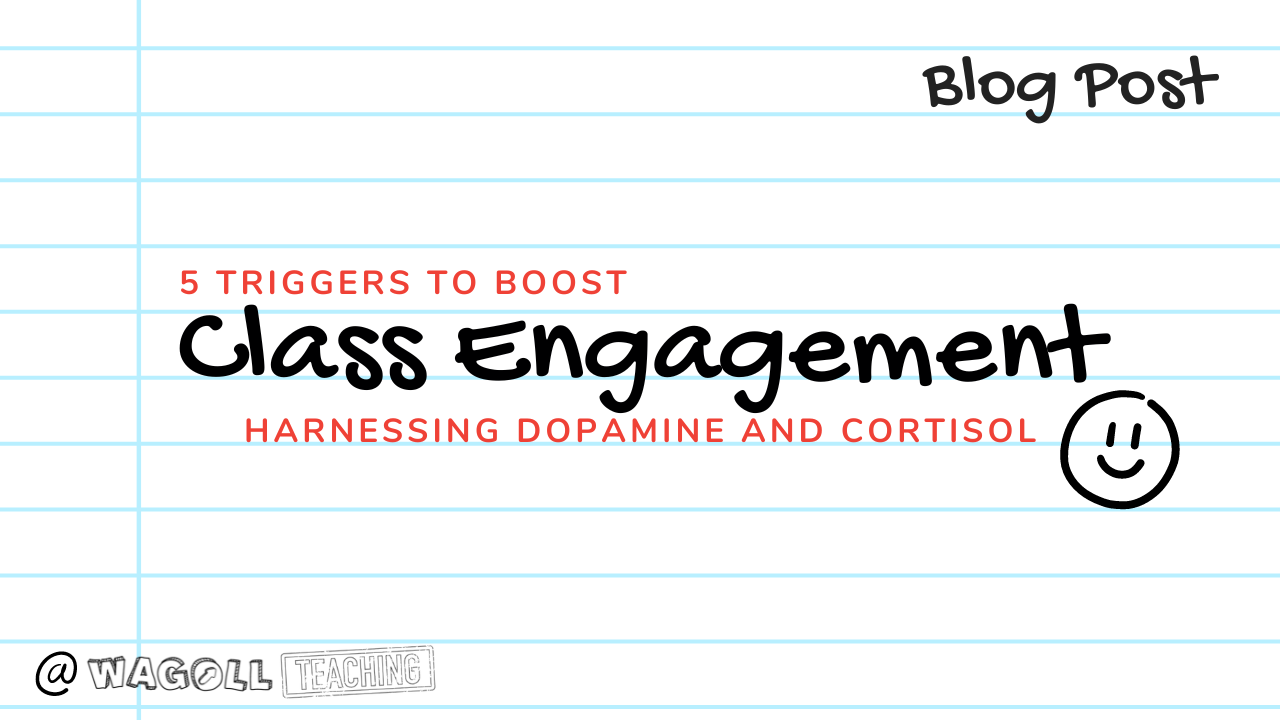
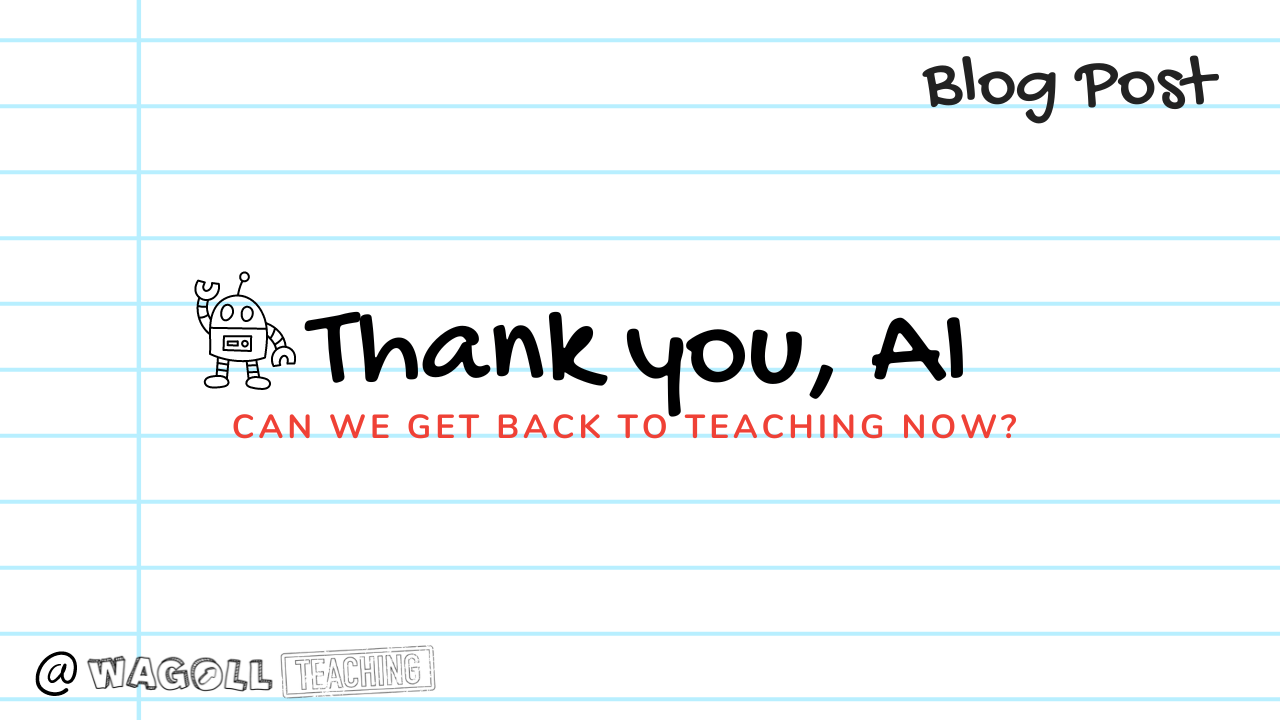
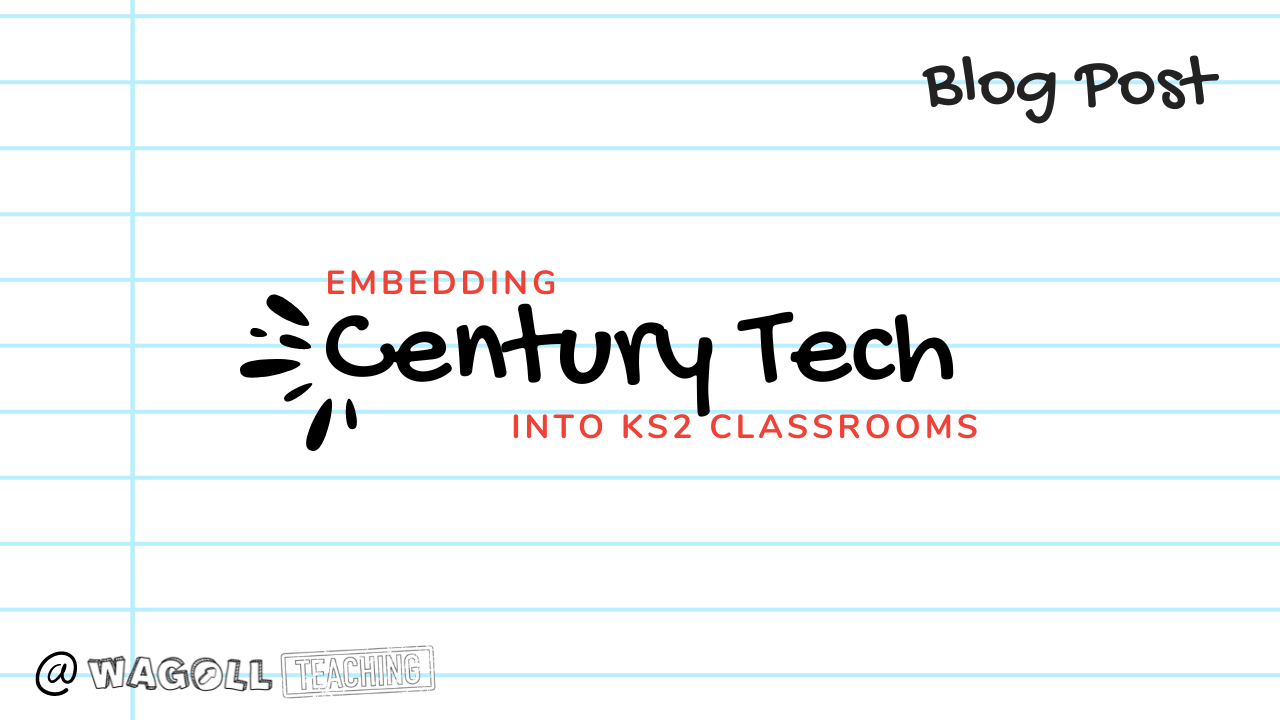
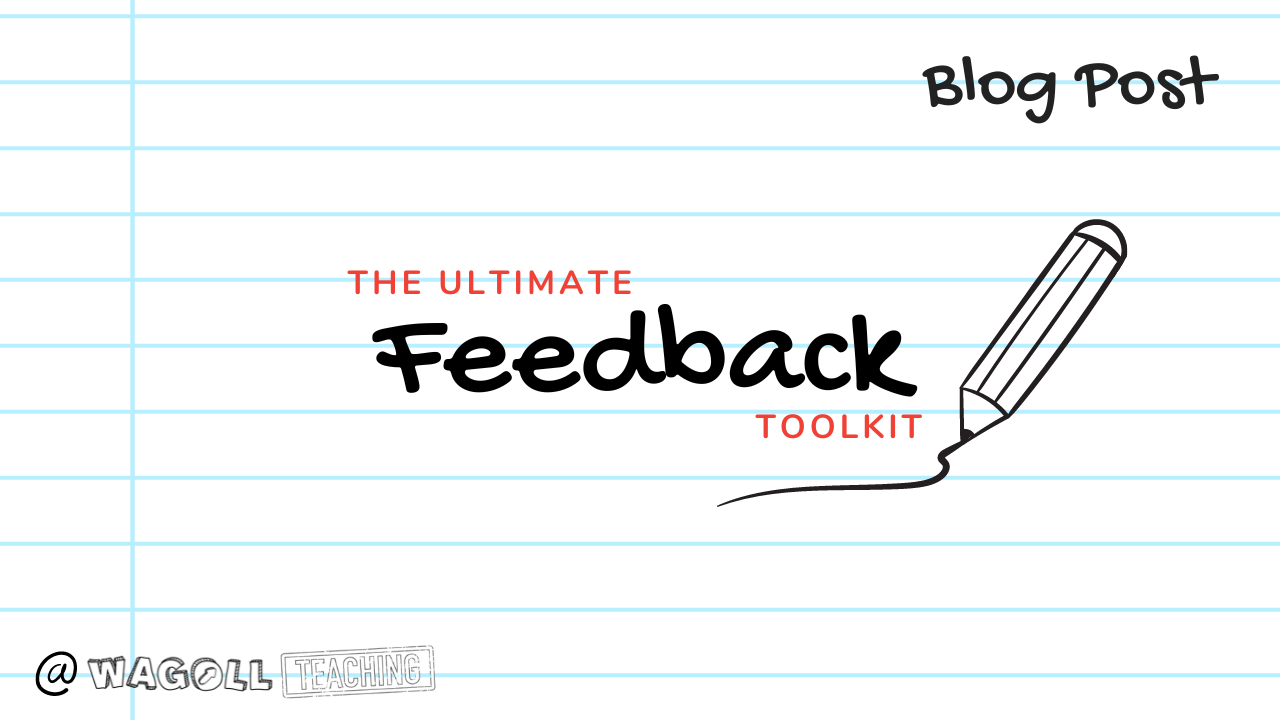
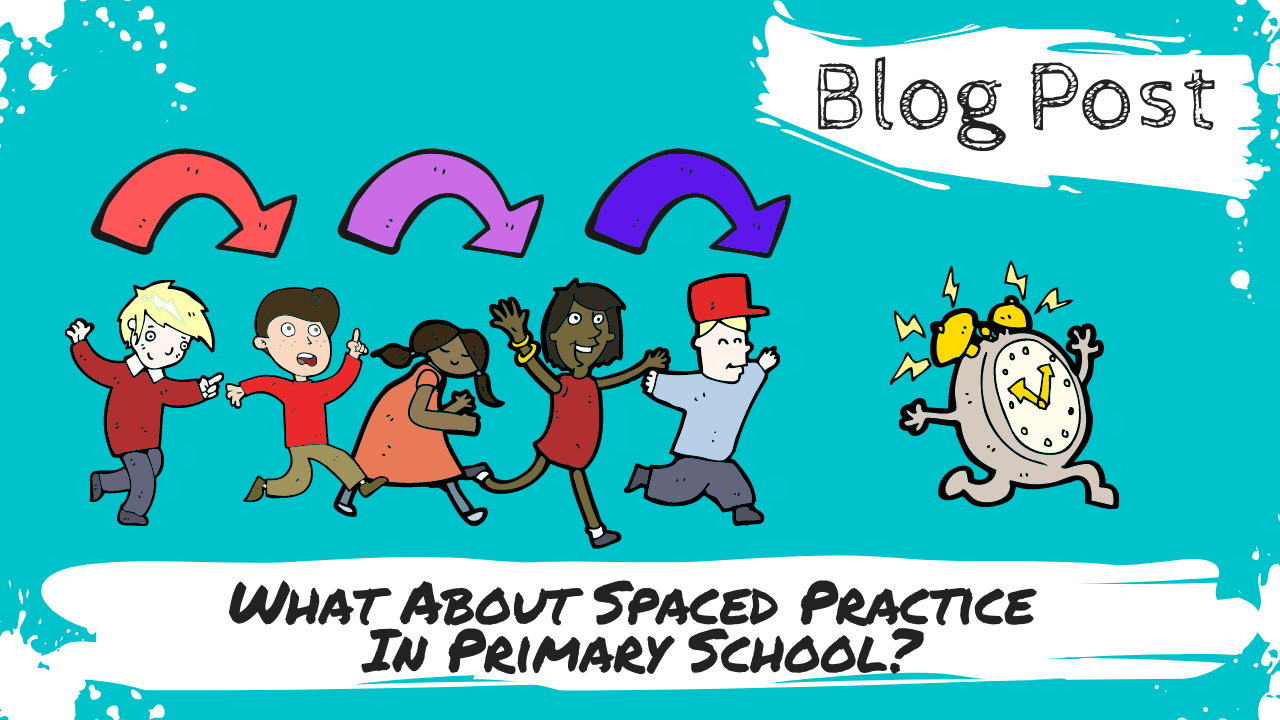
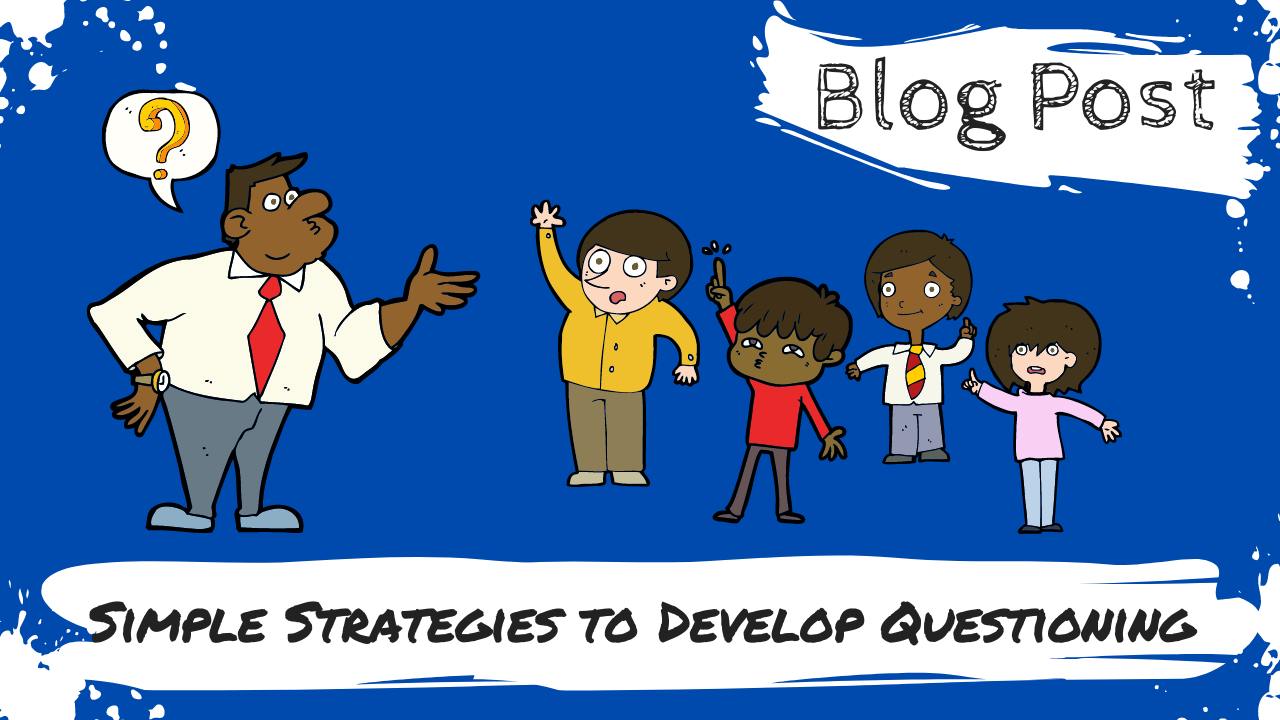
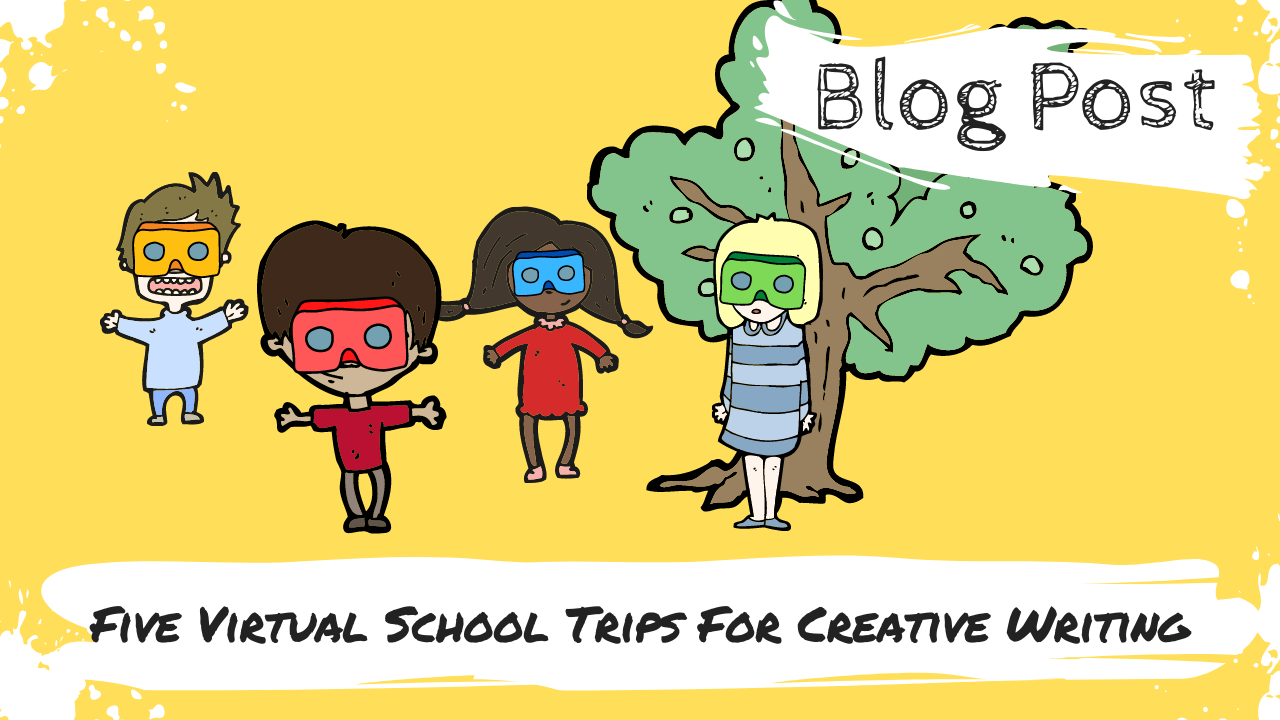

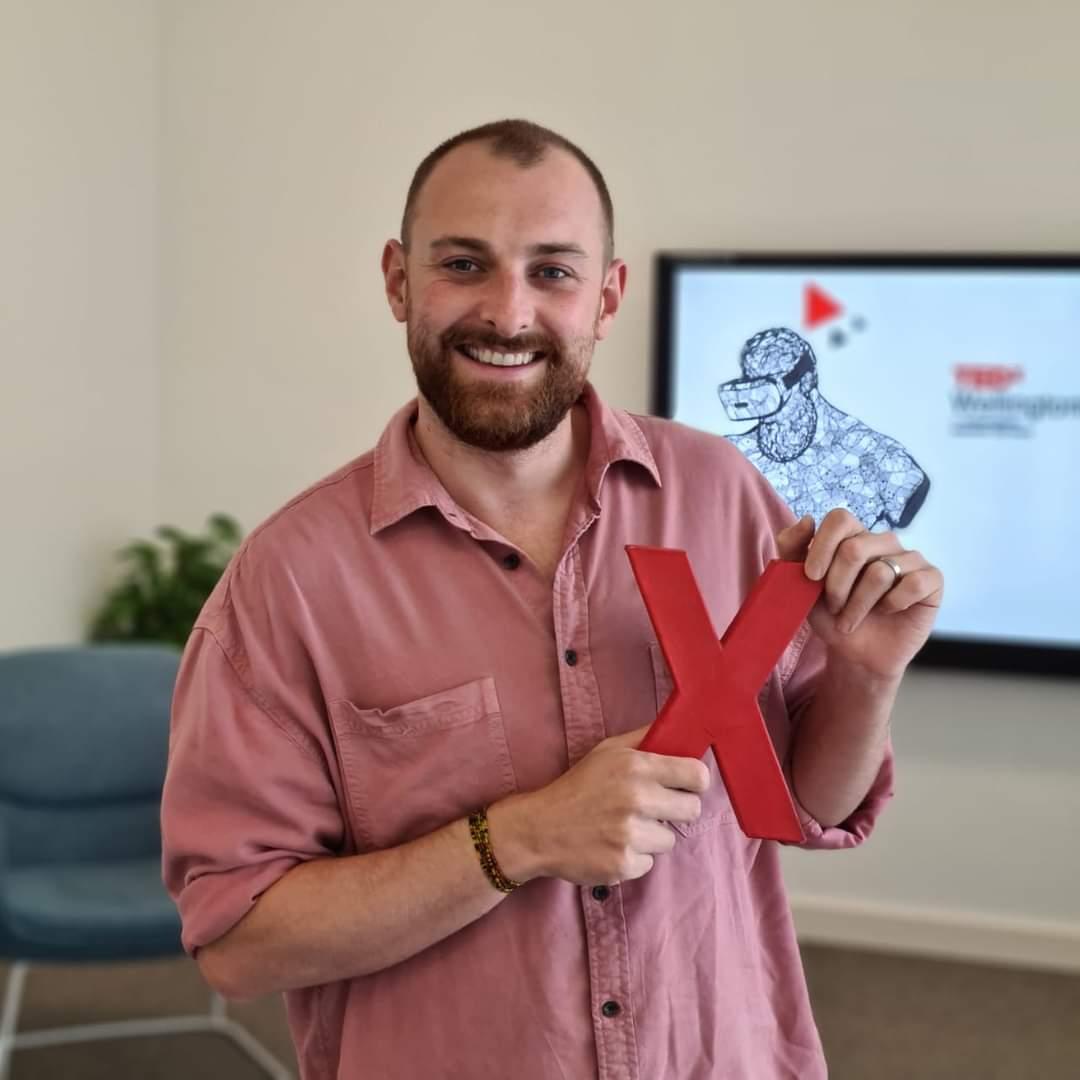


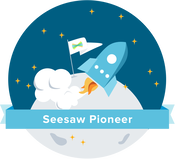
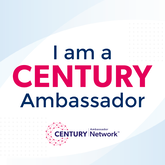

 RSS Feed
RSS Feed
